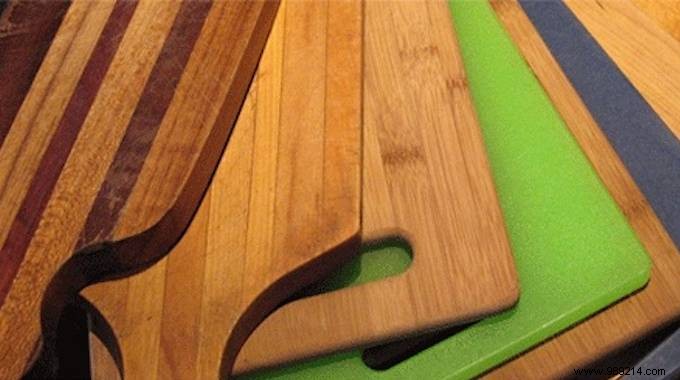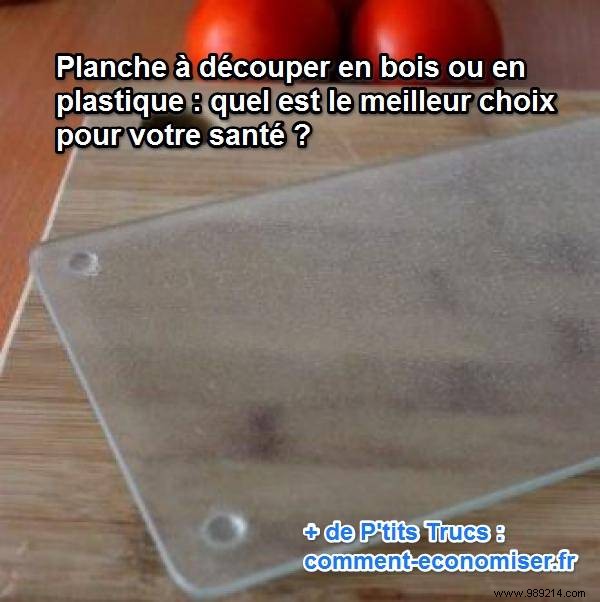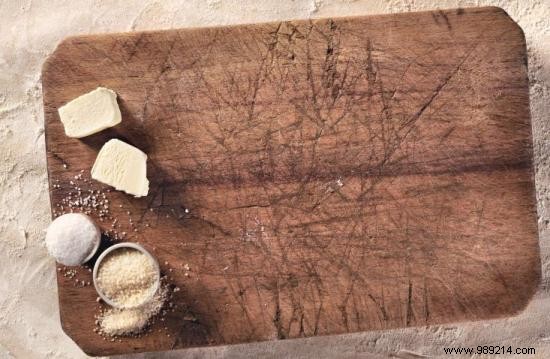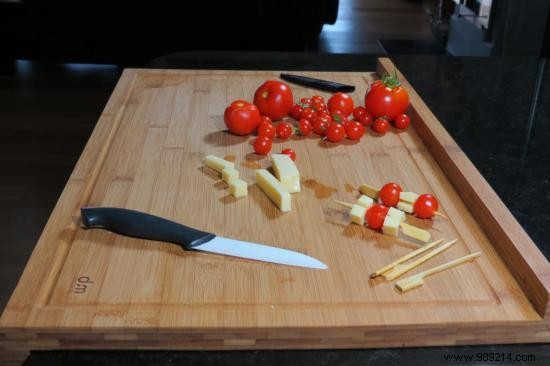
If like me you like to cook, you have probably already asked yourself this question :
should you buy a wooden cutting board or a plastic cutting board?
What is the best choice for your health? It's not that simple... Explanations:

Several species of wood are used to make the wooden planks.
The beech board: it is the one most frequently found in your kitchens. It is particularly resistant but has the disadvantage of being damaged in contact with water because it is porous. It allows water to penetrate and ends up warping.
The exotic wood plank: they are the strongest. Exotic woods have the particularity of being rot-proof. However, check the origin of the wood. It must come from controlled sectors participating in the sustainable management of tropical forests in order to avoid uncontrolled deforestation.
The bamboo board: bamboo is a strong and hard wood. It reacts well to water and it is ecological because it grows back very quickly. But beware of small splinters that may exist on this surface.
There are two types of plastic boards.
The PVC (Polyvinyl chloride) board: it has the advantage of not being porous, of being solid and of guaranteeing good hygiene. On the other hand, with use, it can release small fibers that will contaminate food.
The HDPE board (high density polyethylene): it is also non-porous, very rigid and resistant. It is undoubtedly the best alternative if you are looking for a plastic cutting board.

In fact, if you follow European legislation, it is better to avoid wooden planks. So, we let ourselves be tempted by a plastic board?
Not so sure when you consider that plastic can contain lead, cadmium, phthalates and DEHA. The latter is a chemical suspected of promoting cancer, according to studies carried out on animals. It may also have adverse effects on the liver, kidneys, spleen and bones.
Plastic cutting boards may also contain phthalates. Because of the plastic microfibers that can break off when cutting food, phthalates contaminate our food and end up in our stomach. It's not terrible...
But that's not all.
In my experience, both the wooden board and the plastic board always end up being marked by the grooves made with the knife when cutting the food.
And in both cases, that's where the germs will hide. So I wondered which was the most hygienic in the end.
Dean Cliver, a microbiologist working at the University of California in the United States, conducted an experiment. He contaminated a wooden cutting board and a plastic one with bacteria.
He then soaked them, then washed them and finally dried them. He then took samples from each of the boards. And here is its result:
Wood is a porous material. The bacteria from the wooden board stayed where he put them. But according to the scientist, the wood naturally gets rid of bacteria which eventually die. In the end, they can hardly infect us.
On the other hand, the microbiologist notices that there are more bacteria on the plastic boards. They are embedded in the traces left by the knives. And washing is not enough to eliminate them. In addition, they tend to reproduce more easily and quickly.
In short, in the end, plastic boards would not be as hygienic as wooden cutting boards. Only solution, to avoid these problems, it would be necessary to choose a board in HDPE (high density polyethylene), very resistant.
So what is best for you?

From my point of view, it is better to choose a wooden plank, but not just any one.
Choose a board made of a hard wood that will limit the spread of microbes in the marks left by the knives.
I recommend this bamboo one.
In any case, be aware that it is important to replace it regularly. As soon as it starts to be damaged, change it.
For the maintenance of your cutting board, follow our tip here.